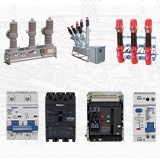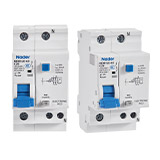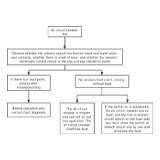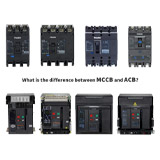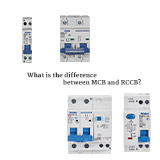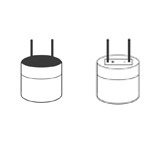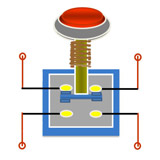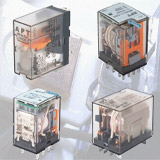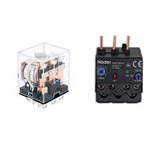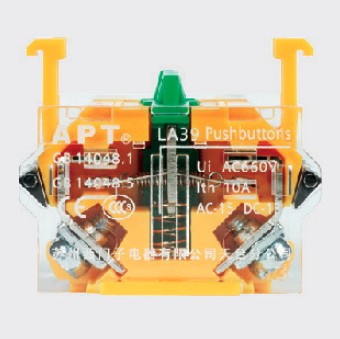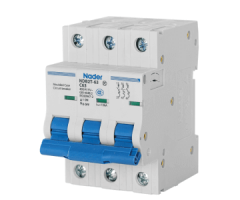The buzzer is a sounding device that can convert audio signals into sound signals. It is usually powered by DC voltage. It is widely used in alarms, computers, printers and other electronic products as sound devices. It is mainly divided into piezoelectric buzzer and electromagnetic buzzer, represented by the letter "H" or "HA" in the circuit. According to different designs and uses, the buzzer can emit various sounds such as music, siren, buzzer, alarm, and electric bell.

How the buzzer works
Piezo buzzer
The piezoelectric buzzer uses the piezoelectric effect of the piezoelectric ceramics and uses the pulse current to drive the vibration of the metal plate to generate sound. Piezoelectric buzzer is mainly composed of multi-resonator, piezoelectric plate, impedance matcher, resonance box, housing, etc. Some of the piezoelectric buzzers are also equipped with light-emitting diodes. The multi-resonator consists of transistors or integrated circuits. When the power supply is switched on (1.5~15V DC operating voltage), the multi-resonator oscillates and outputs 1.5~2.5kHz audio signal. The impedance matcher pushes the piezoelectric plate to generate sound. The piezoelectric plate is made of lead zirconate titanate or lead magnesium niobate piezoelectric ceramic, and silver electrodes are plated on both sides of the ceramic sheet. After being polarized and aged, the silver electrodes are bonded together with brass or stainless steel sheets.
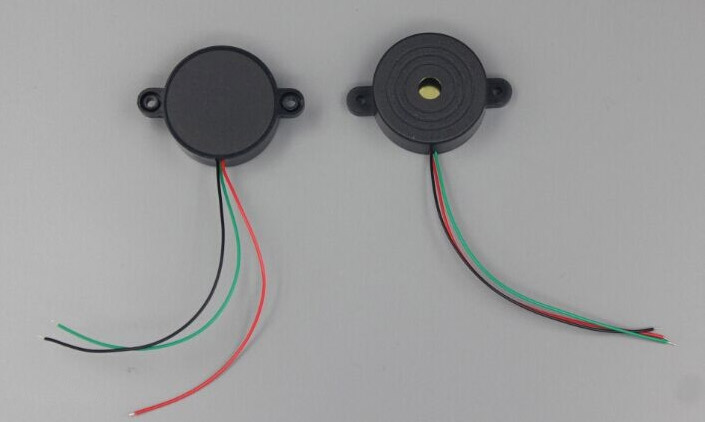
Piezo buzzer
Electromagnetic buzzer
Electromagnetic buzzer is composed of oscillator, solenoid coil, magnet, vibration diaphragm, housing, etc. When the power supply is switched on, the audio signal current generated by the oscillator passes through the solenoid coil, which generates a magnetic field. The vibration diaphragm periodically vibrates and sounds under the interaction of the solenoid coil and the magnet. The frequency of the general electromagnetic buzzer is 2-4 kHz.
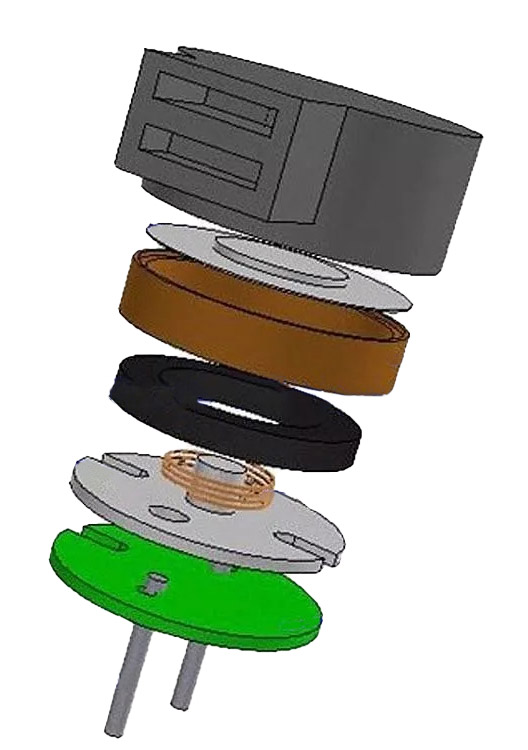
Electromagnetic buzzer
Classification of buzzers
Classified according to buzzer construction
Piezoelectric buzzer: It uses piezoelectric material, which generates electric charge when the piezoelectric material is deformed by external force.Similarly, the piezoelectric material deforms when energized.
Electromagnetic buzzer: mainly uses the magnetic field generated by the energized conductor to drive the drum film fixed on the coil by the magnetic force generated by a fixed magnet and the conducting conductor.
The two buzzers have different pronunciation principles. The piezoelectric buzzer is simple and durable in structure, but it has a single tone and color difference and is suitable for alarms and other equipment. The electromagnetic buzzer is mostly used for voice, music and other equipment because of its good sound color.
Classified according to the way the buzzer is driven
Active buzzer (with drive line): With oscillator inside, it can chime when energized. The ideal signal is direct current, usually marked as VDC, VDD, etc., which can convert constant direct current into pulse signal of a certain frequency.
Passive Buzzer (External Drive): There is no oscillator inside. It can not be chirped by DC signal. It must be driven by 2K~5K square wave because the magnetic circuit is constant.
How to distinguish active buzzer from passive buzzer
The height of active buzzer is slightly different from that of passive buzzer. The active buzzer is usually 9mm high and the passive buzzer is 8mm high. When placing the two buzzers with their pins facing up, the one with a green circuit board is a passive buzzer, and the one without a circuit board and sealed with vinyl is an active buzzer.
 How to distinguish active buzzer from passive buzzer
How to distinguish active buzzer from passive buzzer
The height of active buzzer is slightly different from that of passive buzzer. The active buzzer is usually 9mm high and the passive buzzer is 8mm high. When placing the two buzzers with their pins facing up, the one with a green circuit board is a passive buzzer, and the one without a circuit board and sealed with vinyl is an active buzzer.
Multimeter resistance Rxl test: When the black meter pen contacts the'+'pin of the buzzer and the red meter pen touches back and forth on the other pin, if it clicks and the resistance is only 8Ω (or 16Ω), then it is a passive buzzer; connect the'+'pin of the buzzer with a black pen and touch the red pen back and forth on the other pin. If a continuous sound is emitted and the resistance is over several hundred ohms, then it is a active buzzer.
The active buzzer can sound continuously by directly connecting the rated power supply (note on the label); passive buzzers are similar to electromagnetic speakers, and need to be connected to the audio output circuit to sound.
In addition, the buzzer can also be classified according to other ways:
1. Different packaging methods of buzzer: dip buzzer and SMD buzzer.
2. The current of buzzer is different: DC buzzer and AC buzzer, of which DC is the most common.
How to choose the right buzzer
There are many types and specifications of buzzer. The appropriate buzzer can be selected by several main parameters (voltage, current, driving mode, size, connection / fixing mode) and the required sound (sound pressure and frequency).
Working voltage: the working voltage of the electromagnetic buzzer can be 1.5-24 V, and the working voltage range of the piezoelectric buzzer can be 3v-220v. However, under normal circumstances, the working voltage range of the piezoelectric buzzer is recommended to be above 9V to obtain a larger sound.
Current consumption: electromagnetic buzzer can consume current from tens of milliamperes to hundreds of milliamperes according to different voltages, while piezoelectric buzzers only need a few milliamperes to operate normally.
Drive mode: select active buzzer or passive buzzer according to specific requirements.
Size: the size of buzzer will affect the volume and frequency. The size of electromagnetic buzzer is generally 7mm-25mm, and that of piezoelectric buzzer is 12mm-50mm.
Sound pressure: the distance of 10 cm is often used as the test standard for buzzers. If the distance is doubled, the attenuation will be about 6dB. Conversely, if the distance is shortened by one time, it will increase by 6dB. The electromagnetic buzzer can reach the level of 85dB / 10cm, while the piezoelectric buzzer can make louder sound. Most of the common alarms are made of piezoelectric buzzer.
On Quisure.com, you can quickly and accurately select the buzzer you need through parameters and purchase it.
The driving circuit of buzzer
Because the working current of the buzzer is generally large, so that the I / O port of the single-chip microcomputer can not be directly driven (but AVR can drive a small power buzzer), so we need to use the amplifier circuit to drive, and generally use the triode to amplify the current. The buzzer drive circuit generally includes the following parts: a triode, a buzzer, a freewheeling diode and a power filter capacitor.
1. Buzzer
When DC voltage (active buzzer) or square wave (passive buzzer) is applied at both ends of the sounding element, its main parameters are the shape dimension, sound direction, working voltage, working frequency, working current, driving mode (DC / square wave), etc., which can be selected according to the needs.
2. Freewheeling diode
The buzzer is essentially an inductive element, and its current can not be transiently changed. Therefore, a freewheeling diode must be provided for the continuous current. Otherwise, a spike voltage of tens of volts will be generated at both ends of the buzzer, which may damage the driving triode and interfere with other parts of the whole circuit system.
3. Filter capacitor
The function of filter capacitor C1 is to filter the influence of buzzer current on other parts and improve the AC impedance of power supply. If possible, it is better to connect a 220uF electrolytic capacitor in parallel.
4. Triode
The high level of the base makes the triode turn on saturated and make the buzzer sound; while the low level of the base makes the triode close and the buzzer stops sounding.
Precautions when using buzzer
1. It is not allowed to use the buzzer in the temperature environment other than the marked working temperature (when the buzzer works outside the marked working temperature, the performance of piezoelectric sheet and shell changes, and the sound is small).
2. Welding shall be carried out according to the marked welding method. The common welding methods of buzzer are: manual welding, wave soldering and reflow soldering.
3.Prevent foreign matters from entering into the sounding hole of the buzzer (foreign matters entering into the sounding hole of the buzzer may affect the vibration of the diaphragm, showing small or abnormal sounds).
4. For non waterproof buzzer, it is necessary to prevent the buzzer from being placed in the center that may contact with water (for non waterproof buzzer, rust, short circuit and vibration obstruction of product parts will be caused after water enters).
5. Do not use it outside the marked working voltage (when the voltage is too high, it will cause arcing phenomenon, which will lead to ceramic chip cracking and electric field attenuation).
